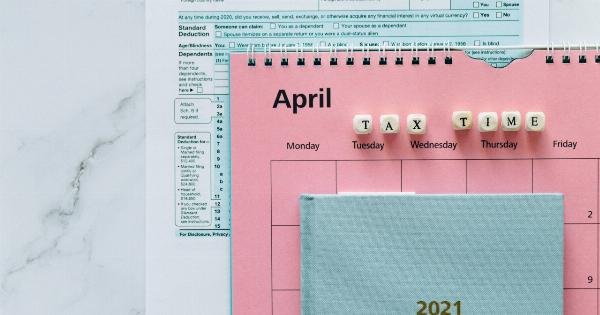One of the most exciting parts of pregnancy is anticipating the arrival of your little one.
While you likely won’t know the exact date your baby will be born until your water breaks or labor begins, there are several ways to estimate your baby’s due date based on your own body and medical testing.
Why Due Dates Matter
Your estimated due date is important for several reasons. First, it’ll help you plan for when to take maternity leave from work and ensure you’re prepared with everything you need for caring for your newborn.
It also ensures that your healthcare provider can monitor the progress of your pregnancy and take action if your baby isn’t developing as expected.
How Your Due Date is Estimated
Typically, your due date is estimated based on the date of your last menstrual period (LMP) and the average length of a menstrual cycle. However, this method assumes you have a completely regular menstrual cycle, which isn’t the case for everyone.
It also assumes you ovulate on day 14 of your cycle, which is again not true for everyone.
Your healthcare provider will likely also perform an ultrasound early in your pregnancy. They’ll measure your baby’s size and use this measurement to confirm or adjust your due date.
This method also has its limitations, as each baby grows at a different rate.
Ultimately, your healthcare provider will use a combination of methods to estimate your due date, including your LMP, ultrasound measurements, and your specific medical history.
Remember that your due date is just an estimate and that only 5% of babies are born on their due date.
Calculating Your Due Date Based on Your LMP
The most common way to estimate your due date is to use the date of your last menstrual period as a guide. Here’s how you can calculate your estimated due date:.
- Start with the first day of your last menstrual period.
- Add seven days.
- Subtract three months.
- Add a year (if needed).
Here’s an example:.
If your last menstrual period was on March 1st, add seven days to get March 8th. Subtract three months to get December 8th. Add a year to get December 8th of the following year (if necessary). So, your estimated due date would be December 8th.
Calculating Your Due Date Based on Ultrasound Measurements
Your healthcare provider may perform an ultrasound during your first trimester to measure your baby’s size. From this measurement, they can estimate your due date.
This is the most accurate way to estimate your due date and may be adjusted if your baby’s growth varies significantly from the average.
Factors That Can Affect Your Due Date
Several factors can impact your due date, including:.
- The exact date of ovulation
- The length and regularity of your menstrual cycle
- Your individual medical history, including previous pregnancies or complications
- Underlying medical conditions, such as diabetes or preeclampsia
Keep in mind that regardless of how your due date is estimated, only 4% of babies are actually born on their due date.
It’s normal for your baby to arrive a week or two early or late, so try not to stress too much about the date itself and focus on preparing for your little one’s arrival.
What to Expect as Your Due Date Approaches
As you approach your due date, you may experience several physical and emotional changes. Some common signs that labor is approaching include:.
- Increased vaginal discharge
- Backache or cramping
- Braxton Hicks contractions
- Increased pressure in your pelvis
- Bloody show
- Lost mucus plug
- Diarrhea or nausea
- Water breaking
If you experience any of these signs, contact your healthcare provider. They’ll be able to advise you on whether it’s time to come to the hospital and what to expect during labor.
Conclusion
Estimating your baby’s due date can be an exciting part of pregnancy, but it’s important to remember that every pregnancy is different.
Your healthcare provider will use a combination of methods, including the date of your last menstrual period and ultrasound measurements, to estimate your due date. Remember, only 4% of babies are born on their due date, so stay flexible and be ready for your little one to arrive whenever they’re ready.




























